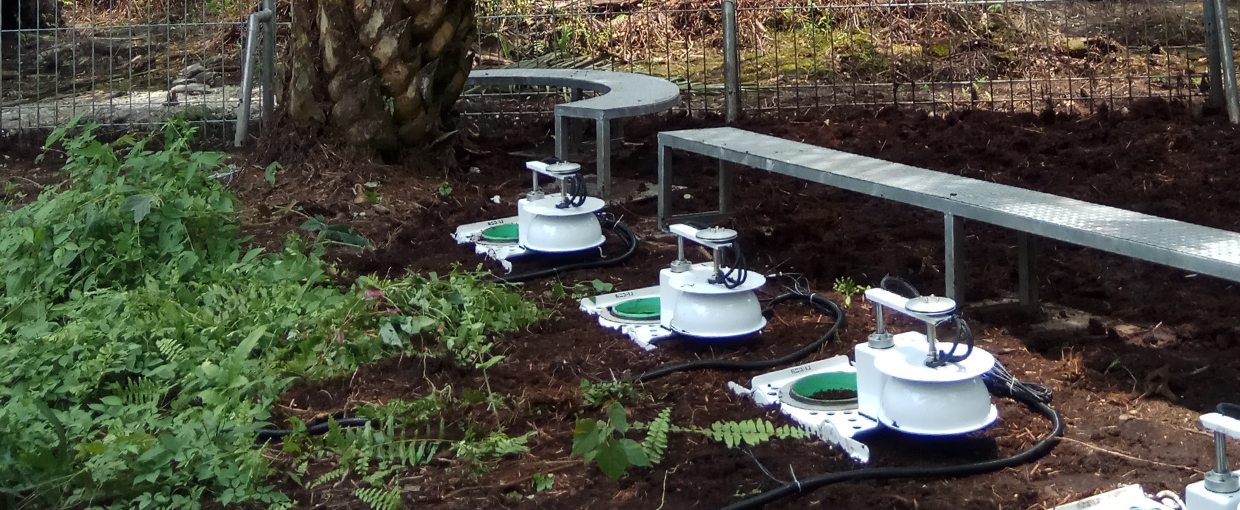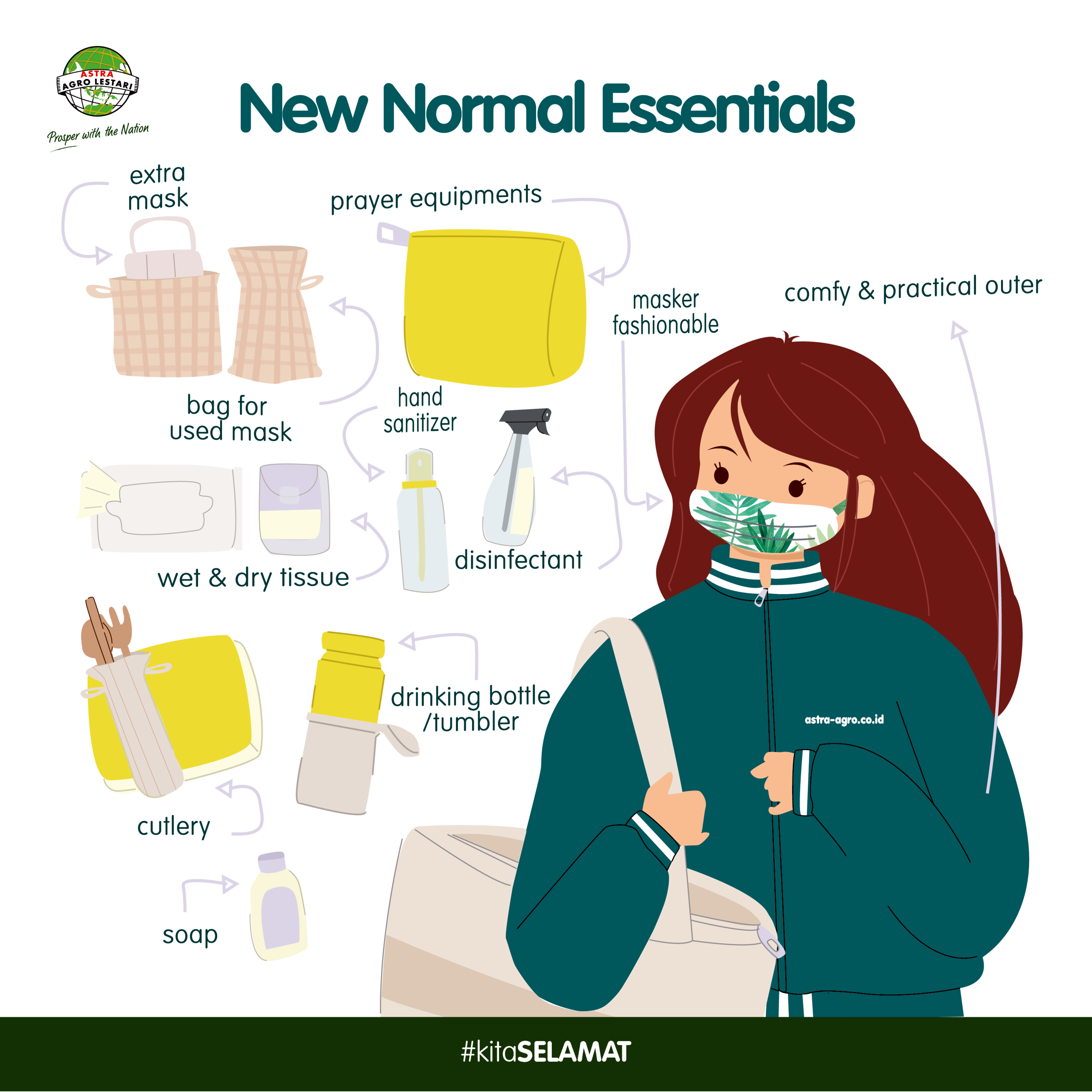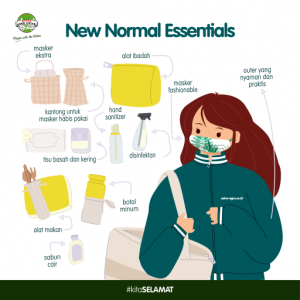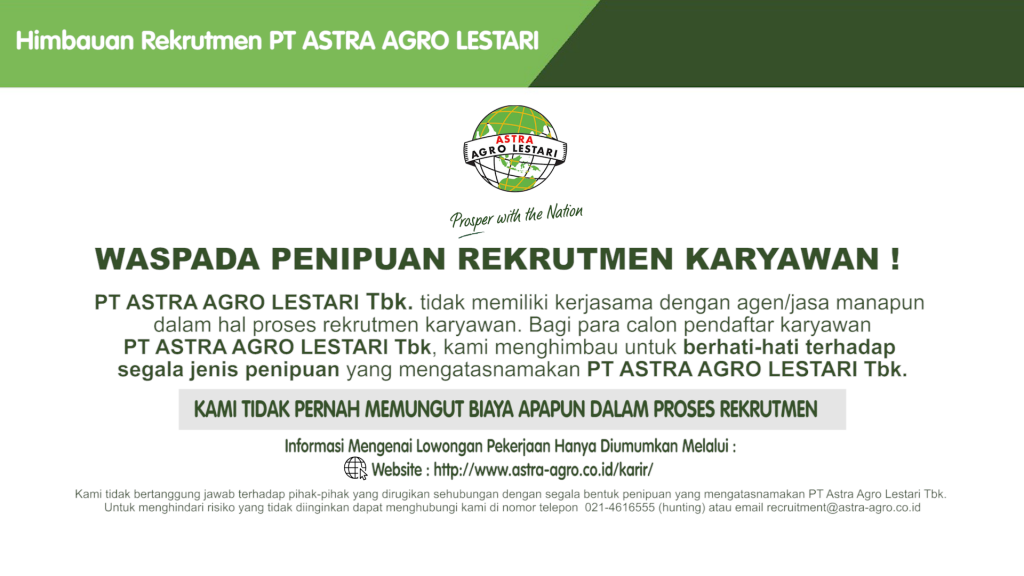Peatland management within concession is conducted in accordance with the applicable government regulations. We intensively collaborate with the Ministry of Environment and Forestry (KLHK) in monitoring compliance with laws and regulations. In addition, we are developing collaboration with the Peat and Mangrove Restoration Agency (BRGM) for collaboration and consulting activities related to peat management in several of our operational areas that intersect the BRGM priority peat landscapes, such as in South Kalimantan and Riau Provinces.
In field implementation, we adopt Sustainable Peat Management (SPM) Tools that have been developed based on (1) Regulatory requirements, (2) Inputs from peat governance experts, and (3) Sustainability assessment parameters adopted according to national and international standards. The tool consists of five parameters and 30 indicators, with parameters including 1) Biophysical Characters; 2) Map Suitability; 3) Water Balance and Design; 4) Rewetting Infrastructure and Monitoring; and 5) Water System Performance.







